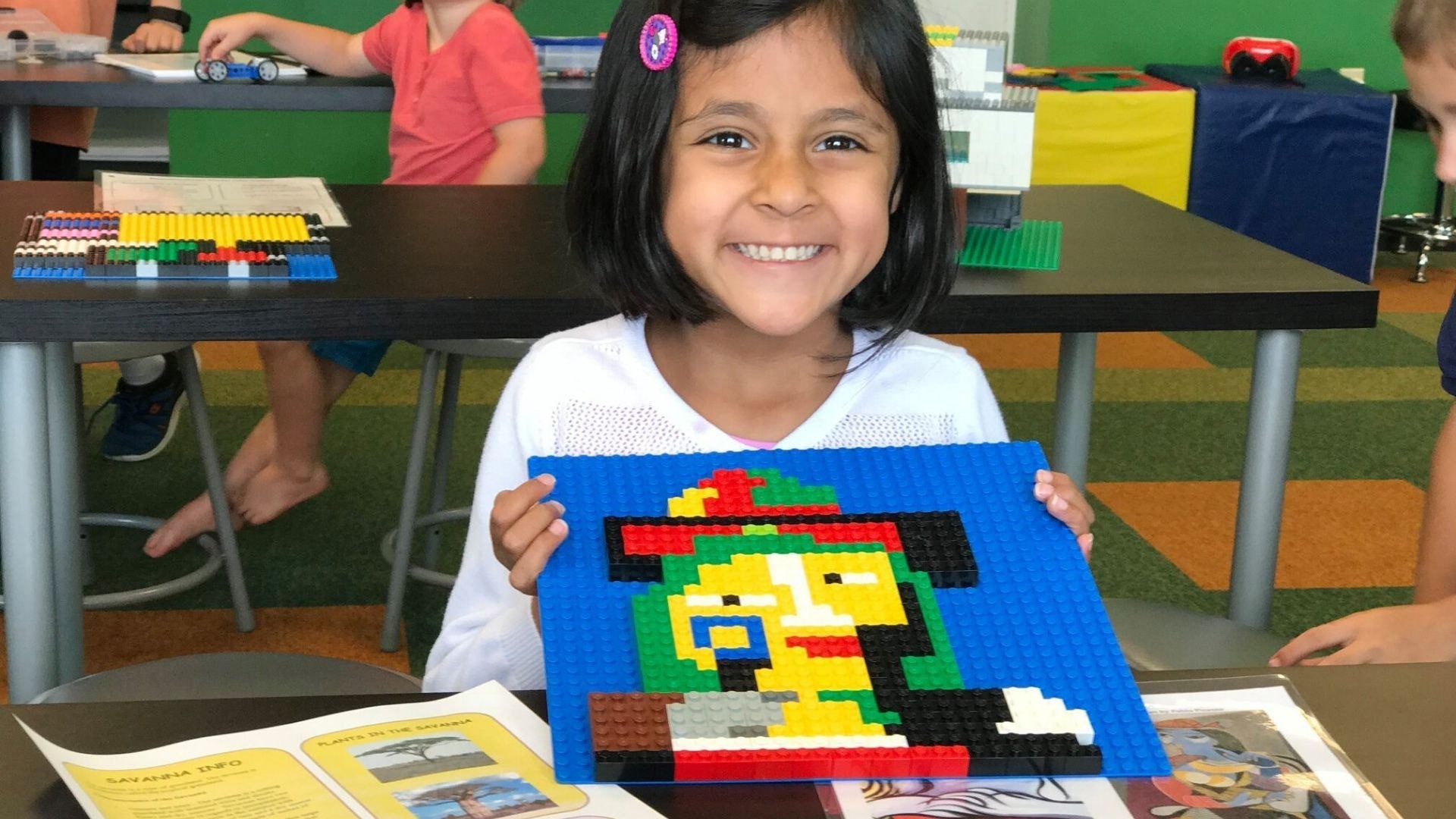For years, STEM—Science, Technology, Engineering, and Mathematics—has been the gold standard for preparing children for the future. But what if we’ve been missing a crucial element? Enter STEAM.
STEAM vs STEM Education
So, is STEM the same as STEAM education? Not quite.
The key difference lies in the “A”—the Arts.
STEAM takes everything great about STEM—science, technology, engineering, and math—and adds the power of creativity, design, communication, and self-expression. By combining technical skills with the arts, STEAM education encourages learners to approach challenges with a broader mindset.
The STEM and STEAM approach doesn’t just build knowledge—it fosters lateral thinking, adaptability, and problem-solving skills. In a world that’s constantly changing, the ability to think critically and creatively is what sets students apart.
What Does the Arts Mean In STEAM?
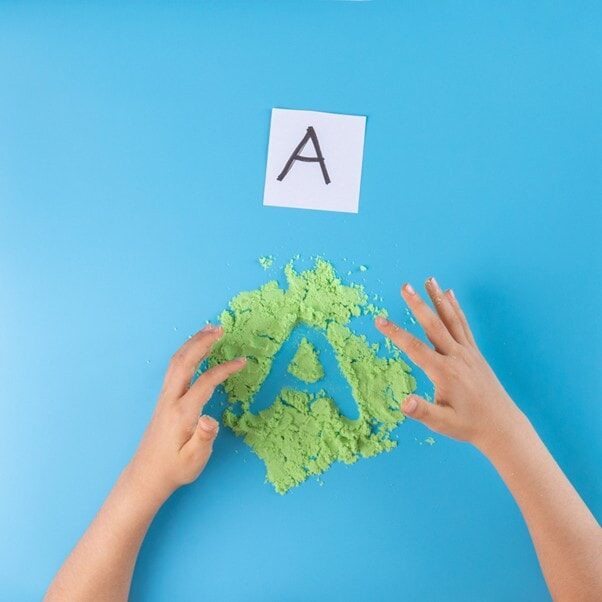
In STEAM education, the arts encompass a broad range of creative disciplines, including visual arts, music, drama, design, and even storytelling.
It’s not just about adding traditional art classes—it’s about integrating creative thinking into STEM subjects to enhance problem-solving, innovation, and engagement.
By exploring concepts like physical arts in engineering, using music to understand mathematical patterns, or applying storytelling to explain scientific ideas, children learn to collaborate, explore diverse perspectives, and recognize the importance of creativity in learning. This approach strengthens understanding and helps children apply knowledge in real and relevant ways.
This approach helps students develop soft skills like collaboration, communication, empathy, and critical thinking, making them more adaptable and prepared for the opportunities of the future.
Why the Arts Matter in Childhood Development
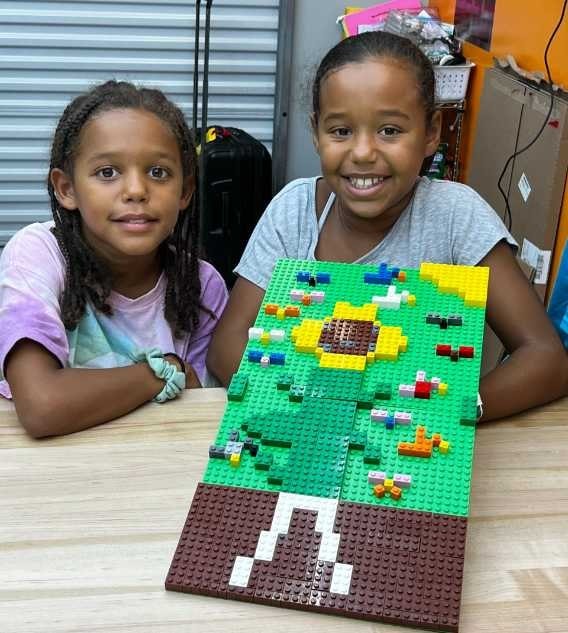
Art has become a driving force in making STEAM education important and driving the STEAM movement to the classroom and homes with a future focus and 21st century learning philosophy. Snapology is driving this forward with camps and workshops, STEAM classes, and other programs.
Integrating the arts into education isn’t just about painting or playing music, it’s about teaching essential skills that shape a child’s ability to think critically and communicate.
Unlike traditional STEM subjects, which often emphasize finding a single correct answer, STEAM lessons encourage process-based learning, where students explore multiple approaches and develop creative solutions to complex challenges.
Learning Critical Thinking Skills
When comparing STEM and STEAM, the key difference lies in deep learning—STEAM doesn’t just teach students what to learn, but how to think.
By weaving creativity into science, technology, engineering, and math, educators provide students with opportunities to experiment, take risks, and embrace failure as part of the learning process.
This holistic approach not only strengthens their cognitive skills but also builds confidence, adaptability, and emotional intelligence, ensuring children are equipped for the future.
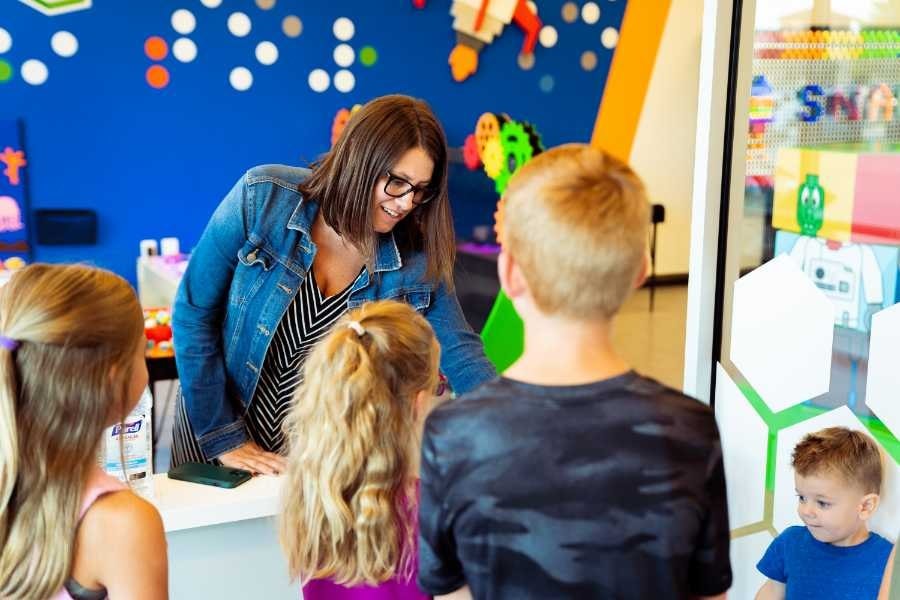
Arts-Based Careers Following a STEAM Education

A STEAM education doesn’t just prepare students for traditional science and engineering careers, it opens the door to a wide range of professions that blend creativity with technical expertise.
By integrating fine arts and language arts into STEM subjects, students gain a broader knowledge base that can lead to fulfilling and in-demand career paths. Whether they’re designing new technology, developing engaging educational experiences, or creating visually compelling media, the Arts in STEAM provide a strong foundation for success.
In-Demand Careers That Blend Arts and Technology
Graphic Design and Digital Media
Graphic designers are essential in today’s digital world, using their artistic skills to create everything from website layouts to branding materials.
With the rise of UX/UI design, animation, and digital marketing, professionals who understand both technology and aesthetics are in high demand. STEAM education provides a mix of technical and creative training, helping students develop digital design skills, problem-solving abilities, and an eye for detail.
Architecture and Industrial Design
Architects and industrial designers rely on a combination of engineering principles and artistic creativity to design buildings, furniture, and everyday products.
The arts in STEAM encourage students to think spatially, conceptualize ideas visually, and develop innovative solutions to real-world challenges. As cities grow and sustainable design becomes a priority, careers in architecture and urban planning are increasingly sought after.
Education and Teaching
Teachers play a leading role in shaping young minds, and those with a STEAM background can bring a unique, interdisciplinary approach to the classroom.
Art teachers, technology instructors, and even general educators benefit from understanding how creativity enhances learning. With education evolving to include more interactive and hands-on experiences, teachers with expertise in STEAM concepts are becoming more valuable than ever.
The Intersection of Arts and STEM Careers
Beyond traditional fine arts professions, STEAM education helps students prepare for careers that merge creativity with science and technology.
Fields like game design, virtual reality development, and multimedia production require not only technical skills but also artistic innovation. As the demand for digital content and immersive experiences grows, professionals who can bridge the gap between art and technology will continue to thrive.
By integrating the arts into STEM, students develop a versatile skill set that can lead to careers in both traditional liberal arts fields and leading industries.
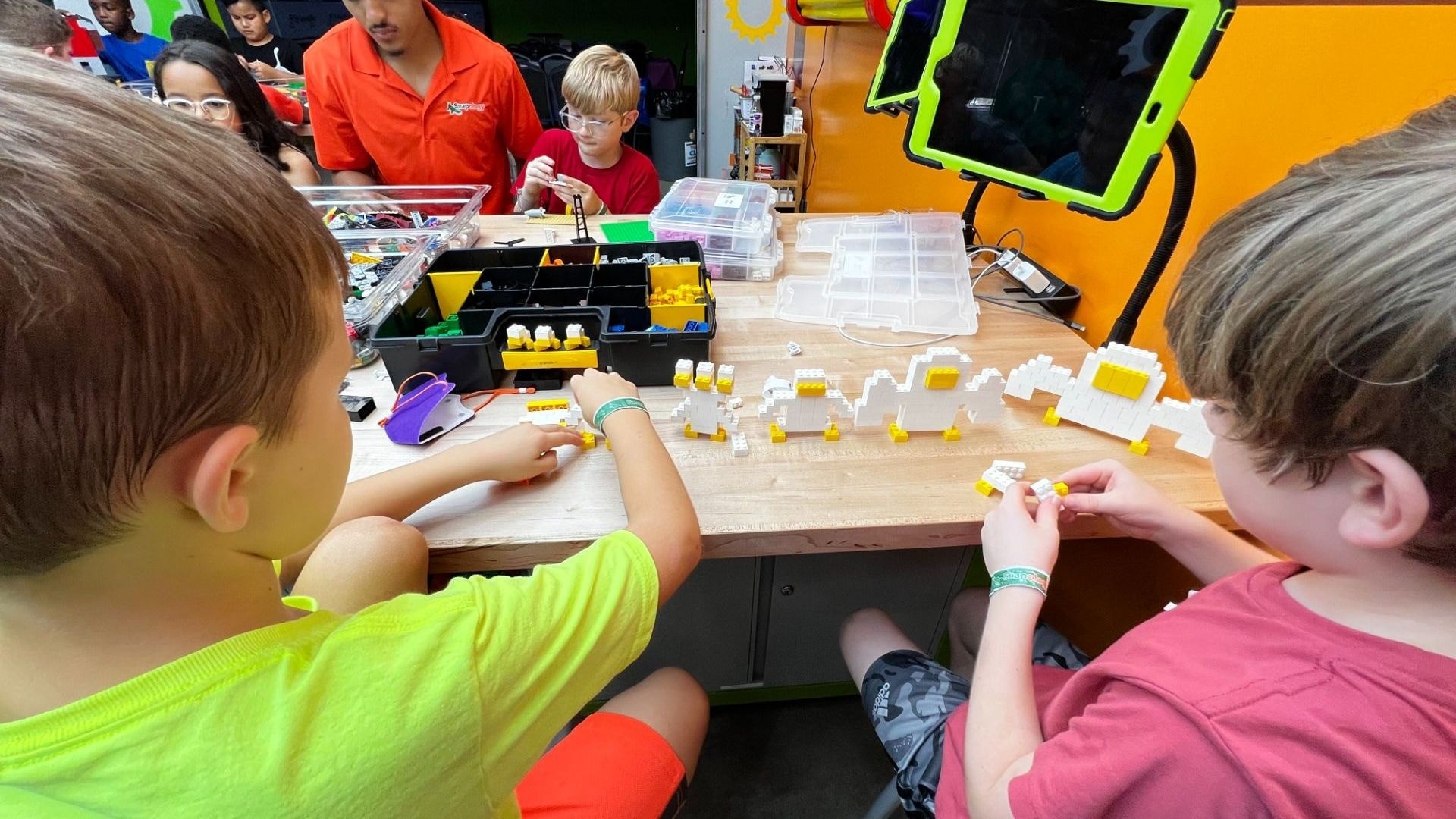
STEAM Activities for Kids: Getting Them Started
If you would like to start exposing your children to STEAM concepts at home, here are a few activities you can try.
DIY Marble Run (Engineering + Arts + Physics)
What You Need: Cardboard tubes, tape, scissors, small marbles
How to Do It: Let kids design their own marble run by taping cardboard tubes to a wall or large piece of cardboard. Encourage them to experiment with different angles and structures to see how the marble moves.
Color-Changing Milk Experiment (Science + Art + Chemistry)
What You Need: Milk, food coloring, dish soap, cotton swabs
How to Do It: Pour milk onto a shallow plate and add drops of food coloring. Dip a cotton swab in dish soap and touch it to the milk’s surface—the colors will swirl and dance!
Stop-Motion Animation (Technology + Arts + Storytelling)
What You Need: A smartphone or tablet with a stop-motion app, small toys, a flat surface
How to Do It: Kids can create their own short films by taking a series of photos while slightly moving objects in each frame. When played together, the images create an animation.
Bridge Challenge using LEGO® Bricks (Engineering + Math + Problem-Solving)
What You Need: LEGO® bricks (or any building blocks), a small toy car or figurine
How to Do It: Challenge kids to build a bridge that can support a toy car using only a set number of bricks. Encourage them to test different designs for strength and stability.
DIY Shadow Art (Physics + Arts + Light & Shadow)
What You Need: A flashlight, paper, pencils, and small toys or objects
How to Do It: Shine a flashlight on an object to cast a shadow onto paper. Kids can trace the shadow and turn it into a drawing or creative scene.
Snapology: The Smart Way to STEAM
If you’re looking to give your child the opportunity to explore the full potential of STEAM—science, technology, engineering, arts, and math—in a fun, hands-on way, Snapology offers the perfect blend of education and play.
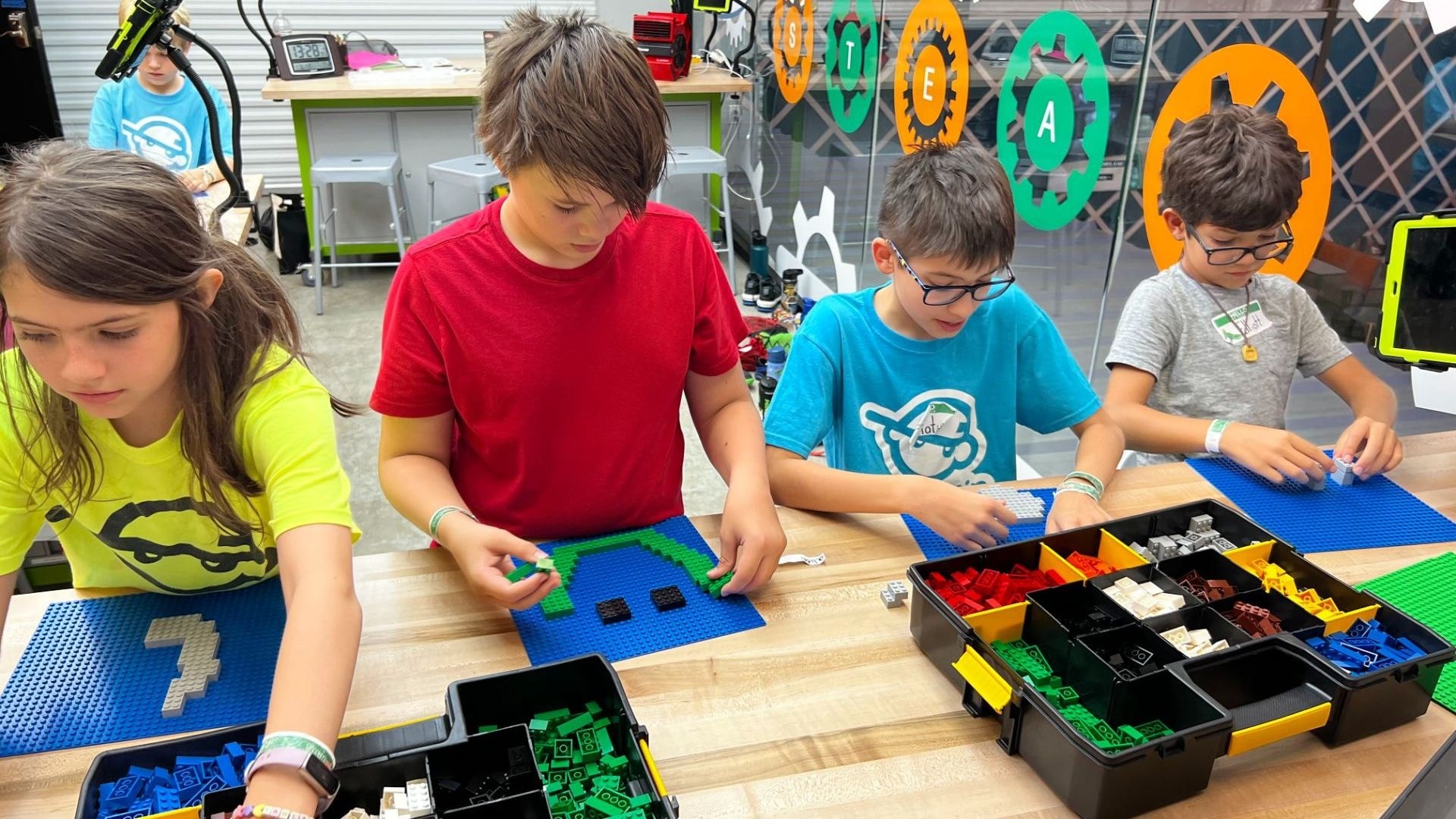
With a variety of programs ranging from preschool STEAM classes to robotics, coding, birthday parties, camps, and creative workshops, Snapology creates an engaging environment where learning comes to life. Children not only build essential skills like problem-solving, critical thinking, and teamwork, they also develop the confidence to apply these concepts in real-world scenarios.
Find your nearest Snapology location and discover a STEAM community where your child can grow, create, and thrive.

